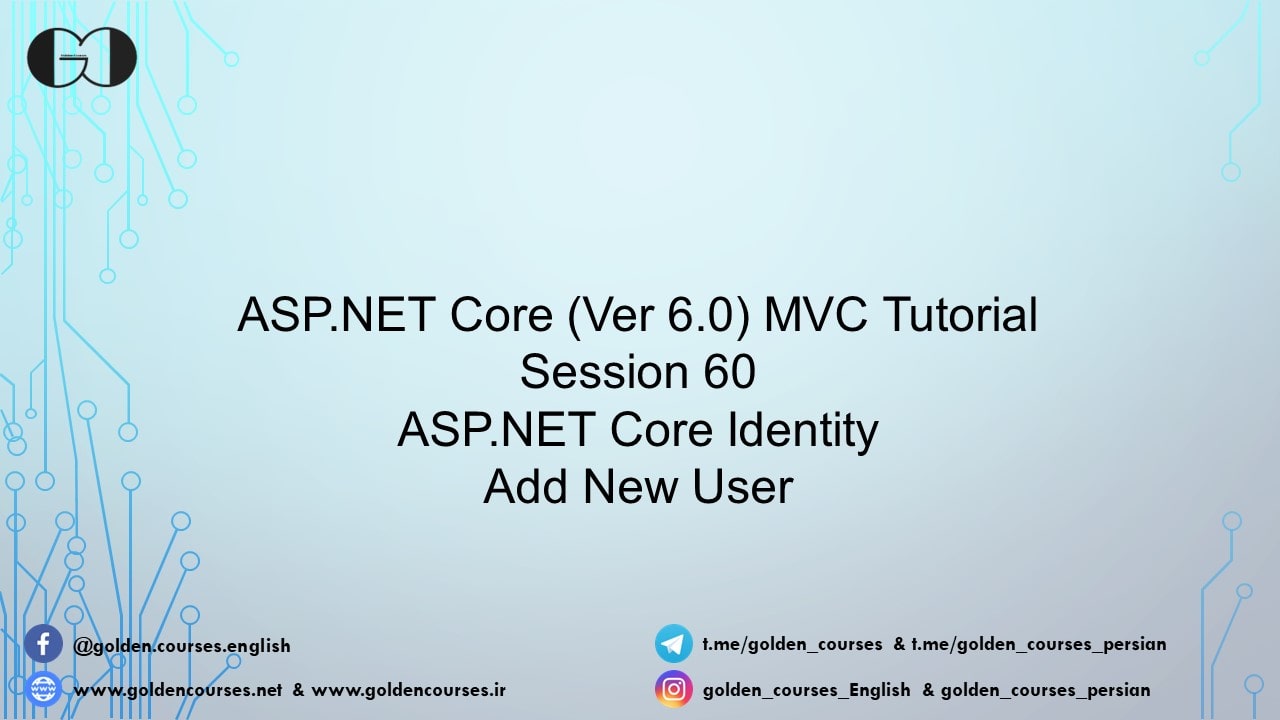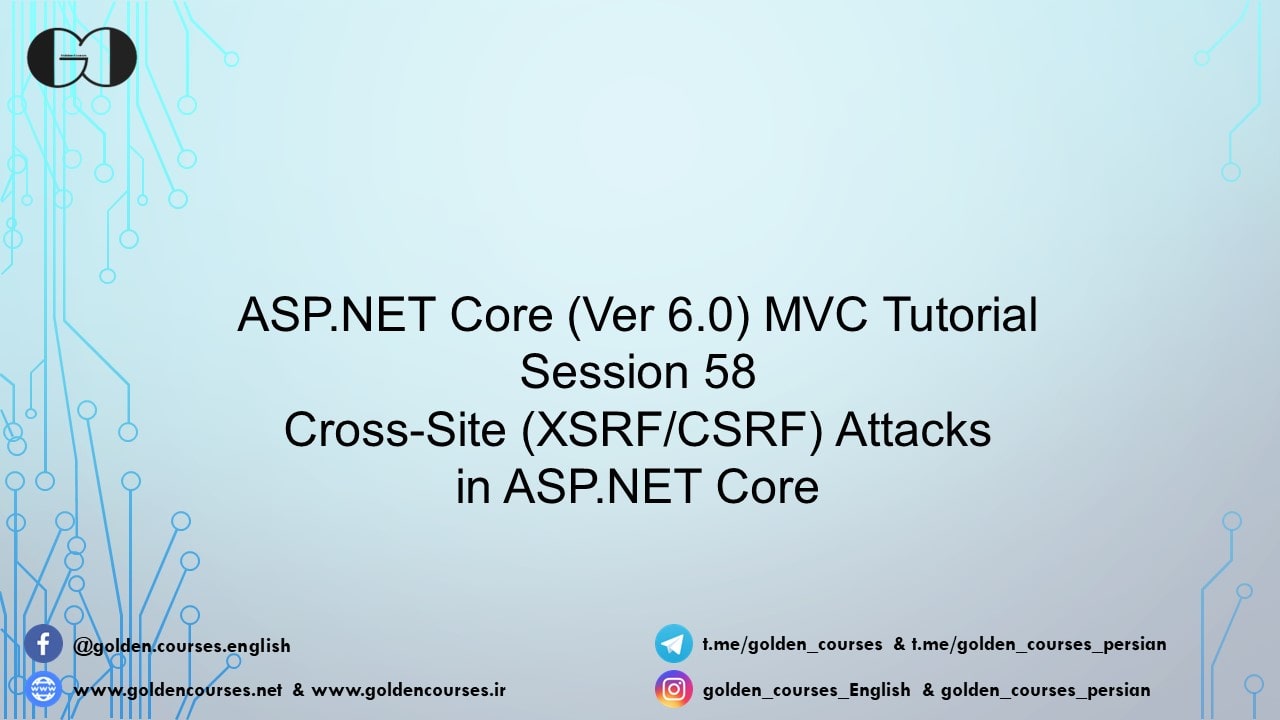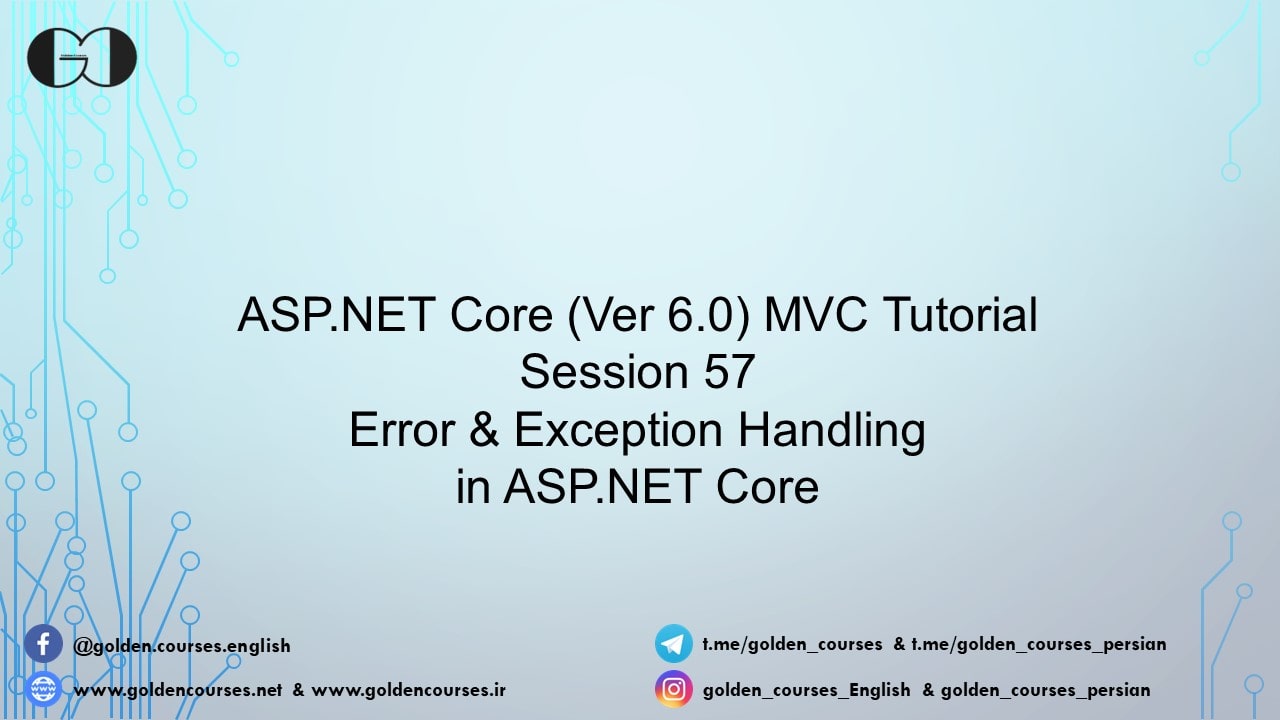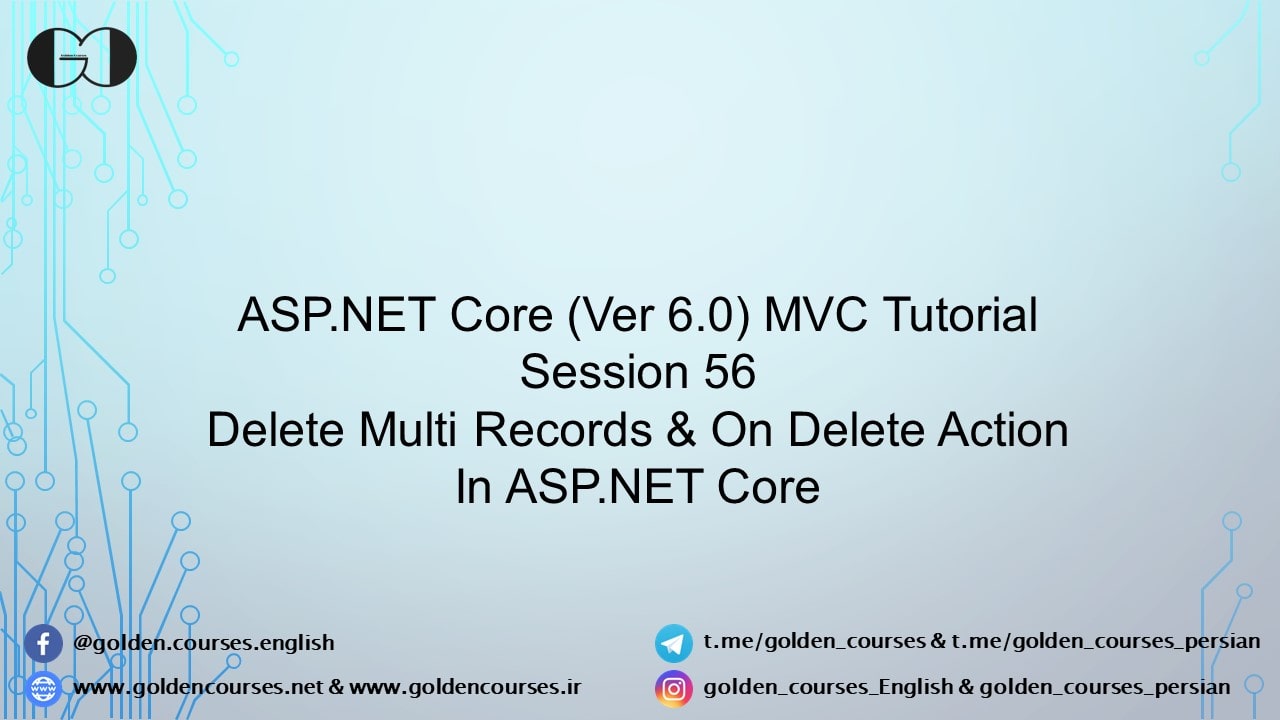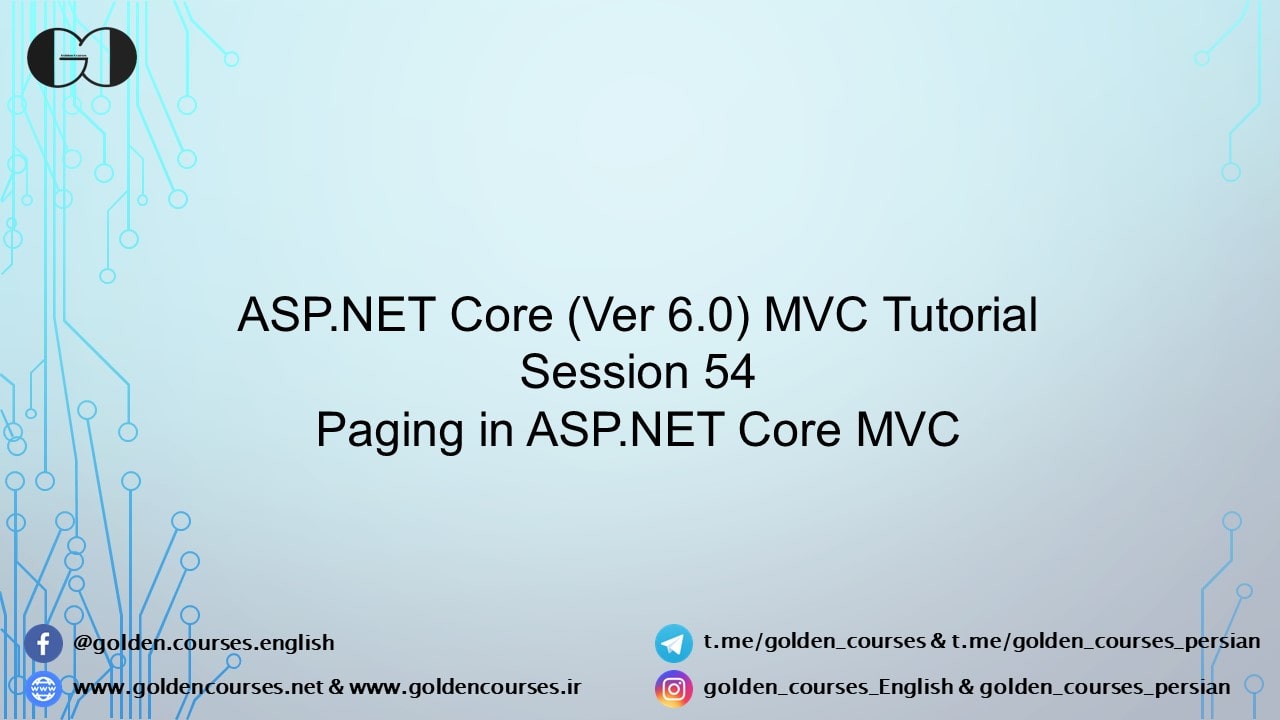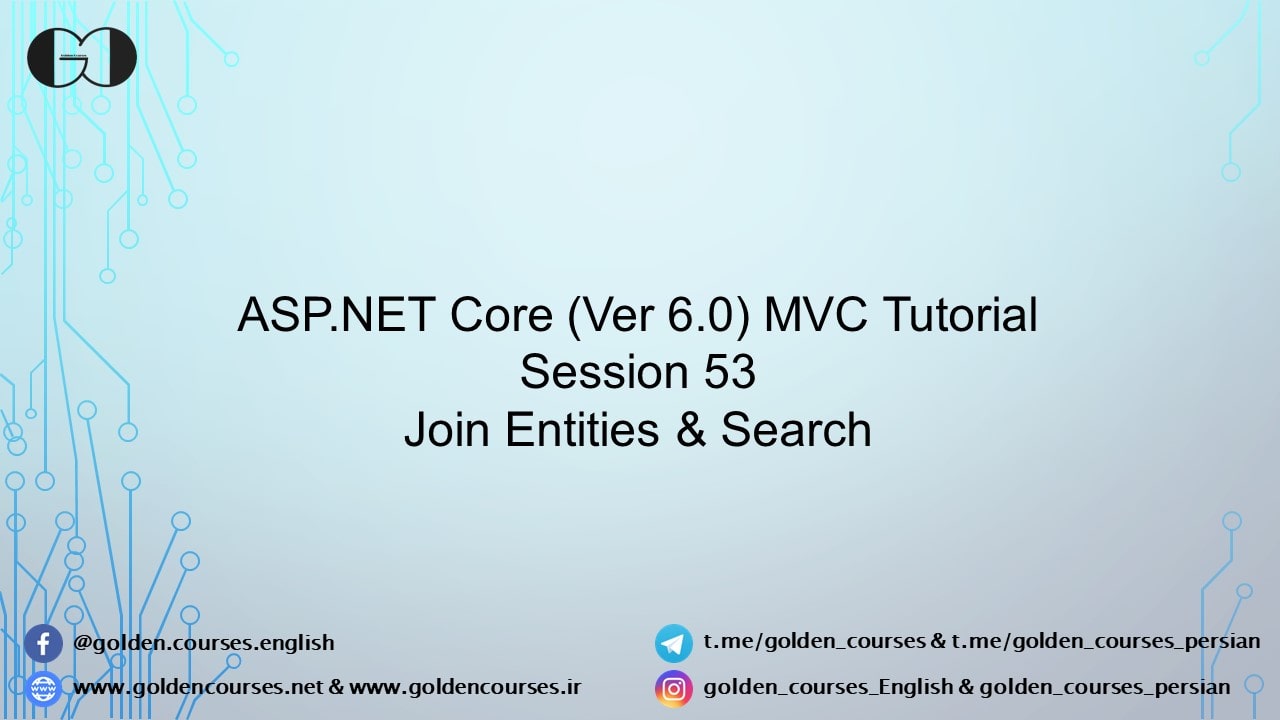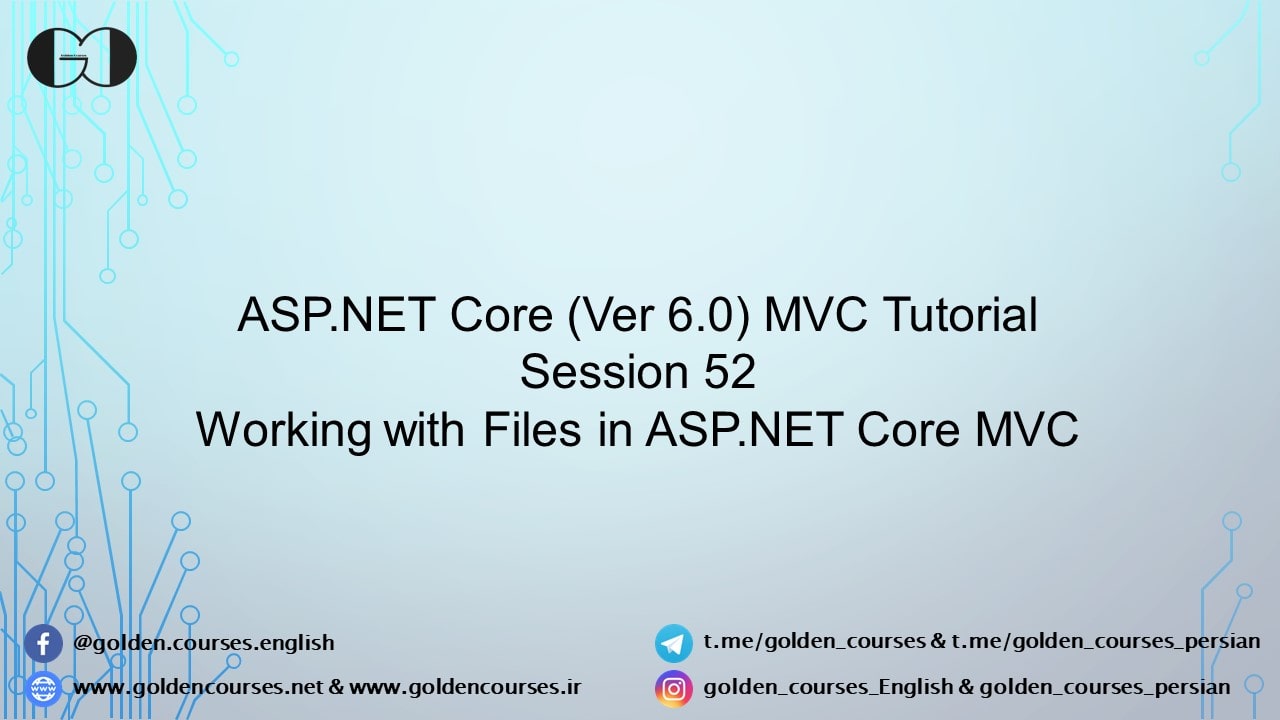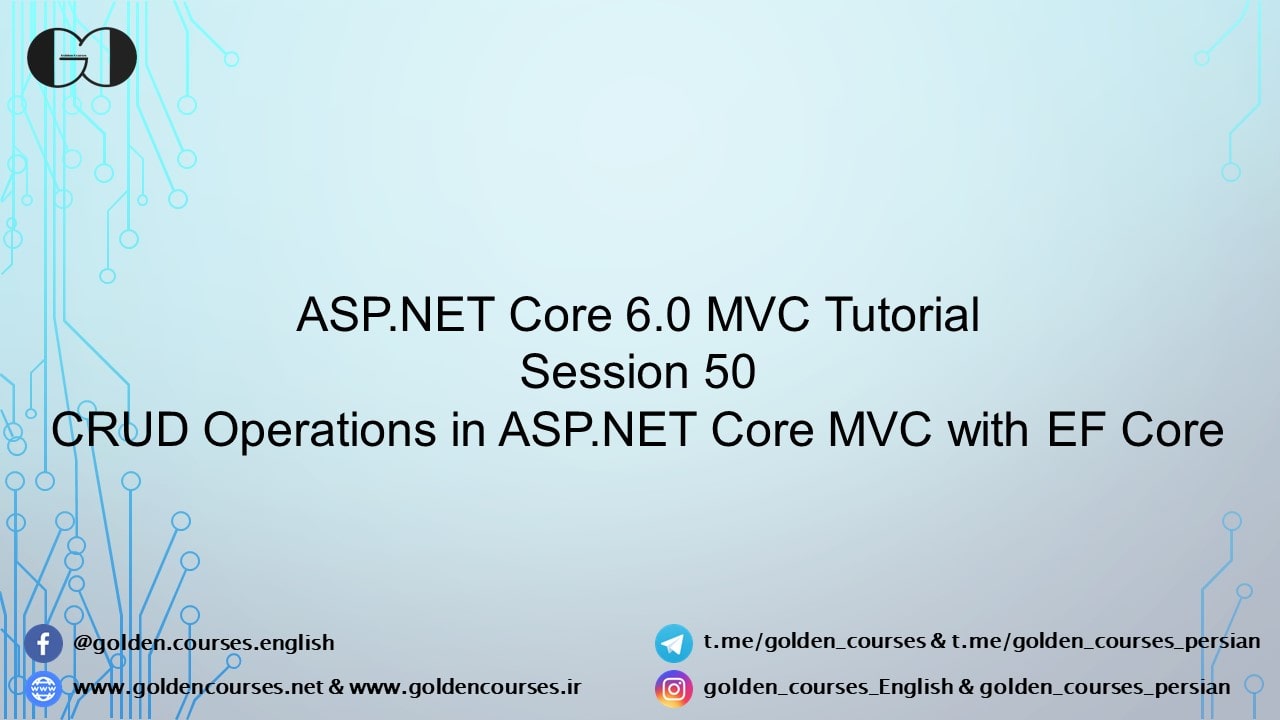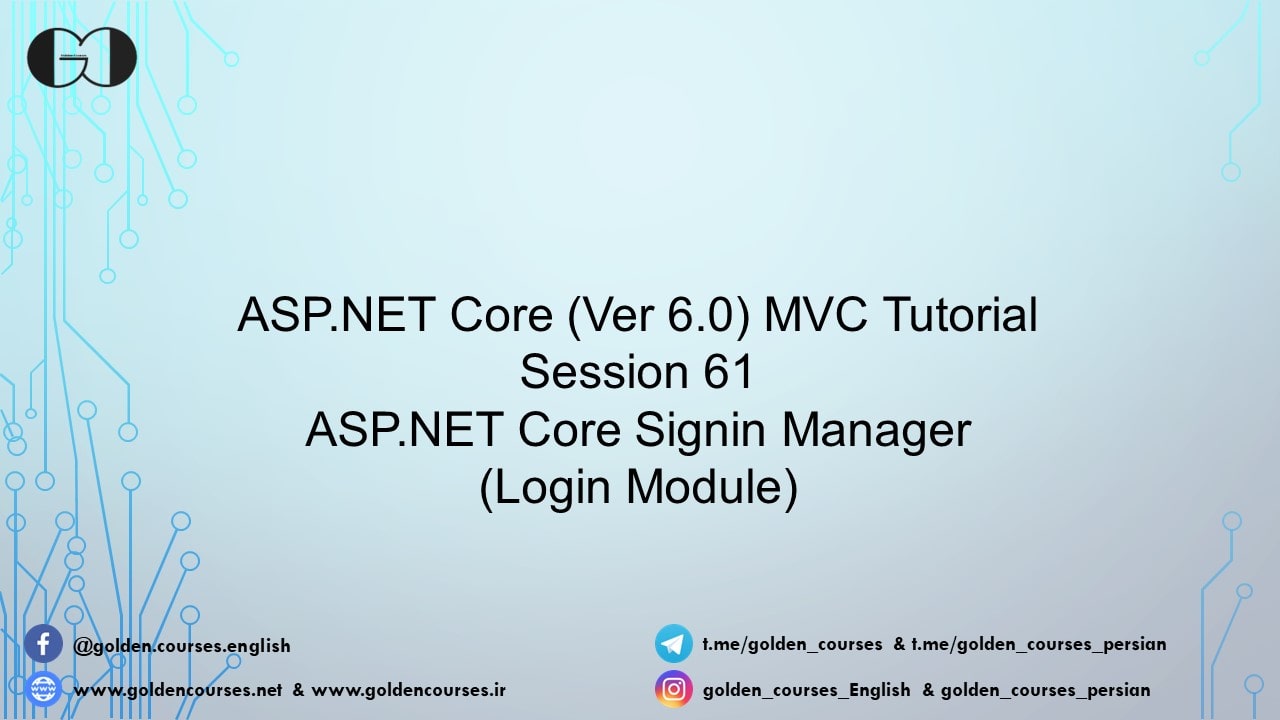

Sign-in and Sign-out process in ASP.NET Core MVC – Session 61
Signing in and Signing out of an ASP.NET Core MVC web app can seem like a daunting task, but it doesn’t have to be! This blog post is here to make the process easier by walking through step-by-step how to implement this feature. Through this post, you’ll not only learn the necessary coding techniques but also understand more about the Sign-in and Sign-out process overall. By the end, you should have all of the knowledge and confidence to implement Sign-in and Sign-out into your web apps!

